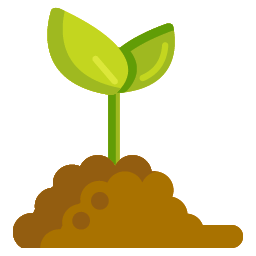News Feed › Forums › Vegetables › Genetics and nutrient density, disease resistence › Reply To: Genetics and nutrient density, disease resistence
-
 0
0
 10
10
 164
164
I’m farming right next to the ocean in northern CA. Average summer high temp is 58F. Lots of fog last summer, so a lot of warmer weather crops do poorly at best. And the soil is poor as you might guess, it’s sandy and high aluminum, low in everything. So this is all great when you’re looking for an adaptation challenge. My goal is to be able to reliably grow crops like melons, peppers, moschata and tomatoes and adapt them to cold summer temps and poor acidic soil, and select for good flavor and disease resistance. I can already easily already grow corn, dry beans, and my own maximas, because I started with seeds already adapted to short seasons. I have seed contracts for the maximas and corn, to people who want the genetic diversity to start adapting to their own climates, they’ll be especially pleased with my seeds if they’re coastal. But newer projects are harder: my melon and pepper projects are good examples of how I’m adapting: I grow lots of varieties mixed up together. Out of about 500 melon seeds, half didn’t germinate because of cold soil. Half of those survivors didn’t produce a single melon. I harvested 24 melons. Some of them actually tasted good! So those seeds are valuable to me. And next year I expect to do a lot better: everything I plant actually produced a melon the year before. By year three I’ll be selecting for flavor exclusively. With the high genetic diversity I get the benefit of more vigorous plants. So my goal is seed contracts for a few species, and I can sell seeds at a higher price because they are different. But of course this might be a good long term strategy financially, short term I had a side job because there is definitely a transition period that most farmers wouldn’t be able to survive. I knew I had to transition to listening to genetics after sifting through the data and studies. I have lots of cool photos of seed grown potatoes (TPS) and beans thriving and dying right next to each other, same challenges. It’s very cool to see in action.
